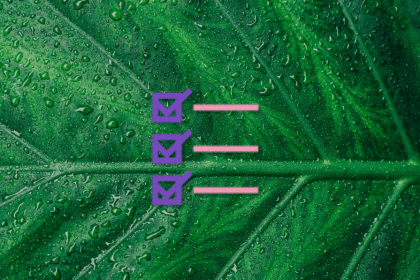
Step up your game and make your next kickoff the best meeting you’ve ever facilitated — a meeting that people will remember for months.

Humans are not rational. If you want to improve your UX game, you need to design for the irrational emotions that drive human behavior, not for sound logic.

Teens are an exciting group to design products for, but we need to consider age, lifestyle, and generational differences.

In short, acceptance criteria serve as a checklist for determining whether a given ticket or user story has been fully delivered.

A no-brainer way to prepare for a UX job interview is to practice the most common interview questions.

Design is more than just drawing rectangles and putting visual elements together. Here are some best practices for good web design.

Asynchronous communication is a style of communication where participants don’t need to be simultaneously present.

A design kickoff is the starting point. It’s about bringing people together, clarifying questions, aligning objectives, and more.

A product owner sets the direction, keeps the team focused, and ensures that the product becomes a source of value.

A customer acquisition strategy is a set of processes and tactics that aim to bring traffic to your product.

A deep understanding of your customers helps you prioritize problems, define solutions, and adjust communications.

Concept testing is all about validating the product concept in its early phases to avoid investing in ideas that are doomed to fail.